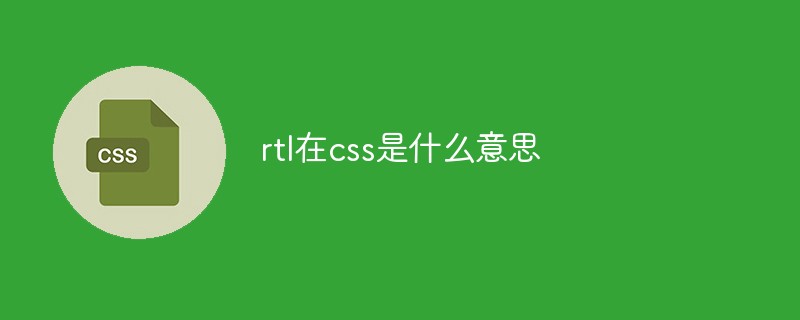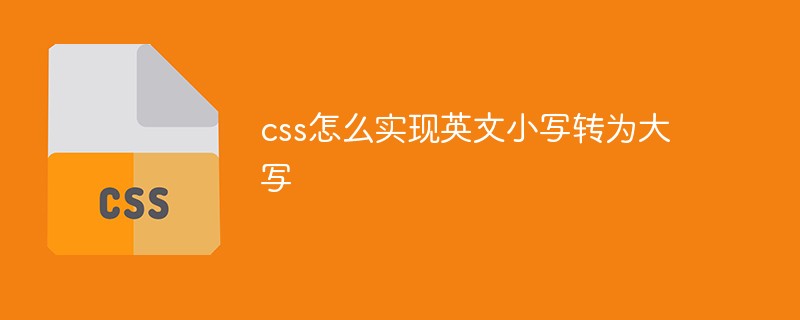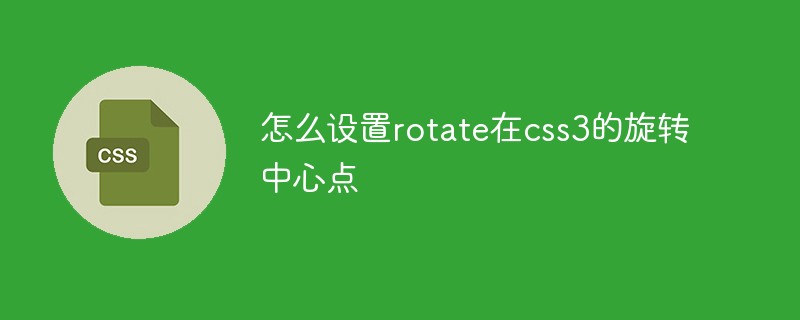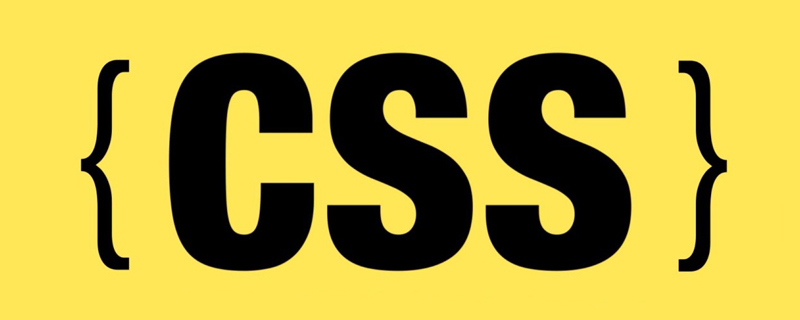Everyone knows that the full name of CSS is "cascading style sheet", but it is estimated that many people do not know the meaning of the word "cascading". In fact, "cascading" refers to the overlay of styles. When an element is applied with multiple styles and there are style attributes with the same name, the browser must select an attribute value from them. This process is called "cascading". Style overlay (this name is more popular) follows certain rules. I had always vaguely understood this rule before, but it was not until I read "CSS: The Missing Manual" these days that it suddenly became clear. Below are some of my study notes.
First of all, it needs to be made clear that many situations will cause an element to be applied with multiple styles. The rules for style coverage also need to be determined according to different situations. The specific rules are as follows.
Rule 1: When a style conflict occurs due to inheritance, the nearest ancestor wins.
The inheritance mechanism of CSS allows an element to inherit styles from the ancestor elements that contain it. Consider the following situation:
<title>rule 1</title>
<style>
body {color:black;}
p {color:blue;}
</style>
<p>welcome to <strong>gaodayue的网络日志</strong></p>
strongFrom body and The color attribute is inherited in p, but since p is closer to strong in the inheritance tree, the text in strong eventually inherits the blue color of p.
Rule 2: When the inherited style conflicts with the directly specified style, the directly specified style wins.
In the above example, if the style of the strong element is also specified, such as:
strong {color:red;}
, then according to rule 2, the text in strong will eventually be displayed is red.
Rule 3: When directly specified styles conflict, the one with the higher style weight wins.
The weight of the style depends on the style selector. The weight is defined in the following table.
CSS selector weight
Label selector 1
Class selector 10
ID selector 100
Inline style 1000
Pseudo element (:first -child, etc.) 1
Pseudo class (:link, etc.) 10
You can see that the weight of the inline style>>ID selector>>Class selector>> In addition to tag selectors, the weight of descendant selectors is the sum of the weights of each item. For example, the weight of "#nav .current a" is 100 + 10 + 1 = 111.
Rule 4: When the style weights are the same, the latter wins.
Consider the following situation
<p class="byline">Written
by <a class="email" href="mailto:jean@cosmofarmer.%C2%A0%C2%A0%C2%A0%0D%0A%C2%A0com">Jean
Graine de Pomme</a></p>
12 .byline
a {color:red;}p
.email {color:blue;}
".byline a" and "p .email" both directly specify the a element above, and the weight Both are 11, and according to rule four, the final display is blue.
Since style sheets can be external or internal, Rule 4 reminds us to pay attention to the order in which external style sheets are introduced (and the order of elements), as well as external style sheets and internal styles. The position where the table appears. Generally speaking, internal style sheets appear after the introduction of all external style sheets, usually before .
Rule 5: !important style attributes are not overridden.
!important can be seen as the "golden finger" to break the above four rules when it is absolutely necessary. If you must use a certain style attribute and prevent it from being overridden, you can add !important after the attribute value. Taking the example of rule 4 as an example, ".byline a {color:red !important;}" can Force the link to appear red. In most cases, style overrides can be controlled in other ways, and !important cannot be abused.
The above comprehensive understanding of CSS style coverage rules is all the content shared by the editor. I hope it can give you a reference, and I hope you will support the PHP Chinese website.
For more detailed introduction to CSS style coverage rules and related articles, please pay attention to the PHP Chinese website!
 css ul标签怎么去掉圆点Apr 25, 2022 pm 05:55 PM
css ul标签怎么去掉圆点Apr 25, 2022 pm 05:55 PM在css中,可用list-style-type属性来去掉ul的圆点标记,语法为“ul{list-style-type:none}”;list-style-type属性可设置列表项标记的类型,当值为“none”可不定义标记,也可去除已有标记。
 css与xml的区别是什么Apr 24, 2022 am 11:21 AM
css与xml的区别是什么Apr 24, 2022 am 11:21 AM区别是:css是层叠样式表单,是将样式信息与网页内容分离的一种标记语言,主要用来设计网页的样式,还可以对网页各元素进行格式化;xml是可扩展标记语言,是一种数据存储语言,用于使用简单的标记描述数据,将文档分成许多部件并对这些部件加以标识。
 css3怎么实现鼠标隐藏效果Apr 27, 2022 pm 05:20 PM
css3怎么实现鼠标隐藏效果Apr 27, 2022 pm 05:20 PM在css中,可以利用cursor属性实现鼠标隐藏效果,该属性用于定义鼠标指针放在一个元素边界范围内时所用的光标形状,当属性值设置为none时,就可以实现鼠标隐藏效果,语法为“元素{cursor:none}”。
 rtl在css是什么意思Apr 24, 2022 am 11:07 AM
rtl在css是什么意思Apr 24, 2022 am 11:07 AM在css中,rtl是“right-to-left”的缩写,是从右往左的意思,指的是内联内容从右往左依次排布,是direction属性的一个属性值;该属性规定了文本的方向和书写方向,语法为“元素{direction:rtl}”。
 css怎么设置i不是斜体Apr 20, 2022 am 10:36 AM
css怎么设置i不是斜体Apr 20, 2022 am 10:36 AM在css中,可以利用“font-style”属性设置i元素不是斜体样式,该属性用于指定文本的字体样式,当属性值设置为“normal”时,会显示元素的标准字体样式,语法为“i元素{font-style:normal}”。
 css怎么实现英文小写转为大写Apr 25, 2022 pm 06:35 PM
css怎么实现英文小写转为大写Apr 25, 2022 pm 06:35 PM转换方法:1、给英文元素添加“text-transform: uppercase;”样式,可将所有的英文字母都变成大写;2、给英文元素添加“text-transform:capitalize;”样式,可将英文文本中每个单词的首字母变为大写。
 怎么设置rotate在css3的旋转中心点Apr 24, 2022 am 10:50 AM
怎么设置rotate在css3的旋转中心点Apr 24, 2022 am 10:50 AM在css3中,可以用“transform-origin”属性设置rotate的旋转中心点,该属性可更改转换元素的位置,第一个参数设置x轴的旋转位置,第二个参数设置y轴旋转位置,语法为“transform-origin:x轴位置 y轴位置”。


Hot AI Tools

Undresser.AI Undress
AI-powered app for creating realistic nude photos

AI Clothes Remover
Online AI tool for removing clothes from photos.

Undress AI Tool
Undress images for free

Clothoff.io
AI clothes remover

AI Hentai Generator
Generate AI Hentai for free.

Hot Article

Hot Tools

Atom editor mac version download
The most popular open source editor

Notepad++7.3.1
Easy-to-use and free code editor

SAP NetWeaver Server Adapter for Eclipse
Integrate Eclipse with SAP NetWeaver application server.

VSCode Windows 64-bit Download
A free and powerful IDE editor launched by Microsoft

Safe Exam Browser
Safe Exam Browser is a secure browser environment for taking online exams securely. This software turns any computer into a secure workstation. It controls access to any utility and prevents students from using unauthorized resources.






